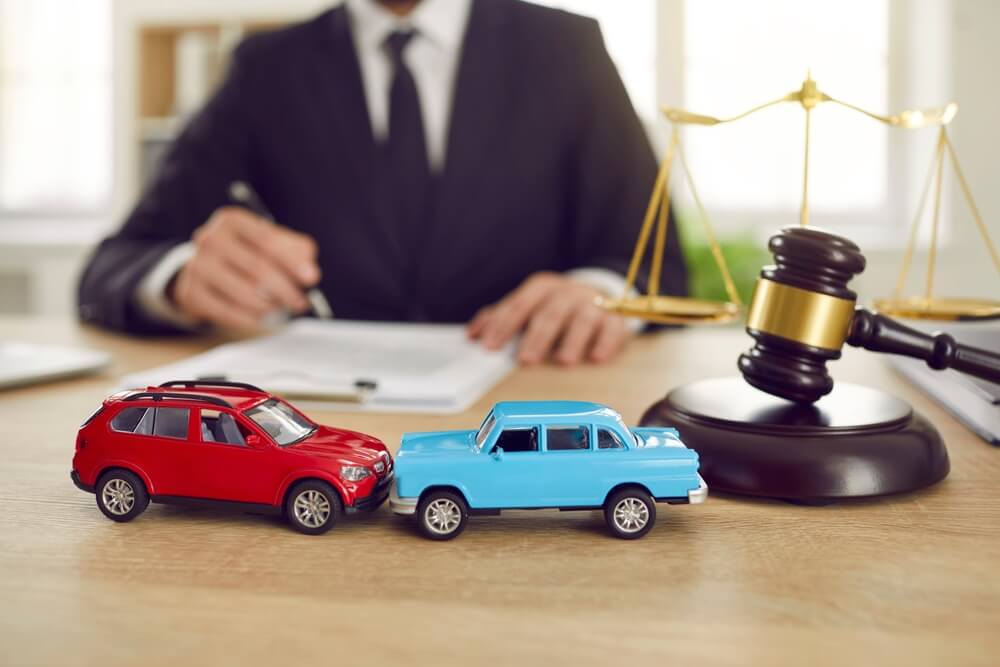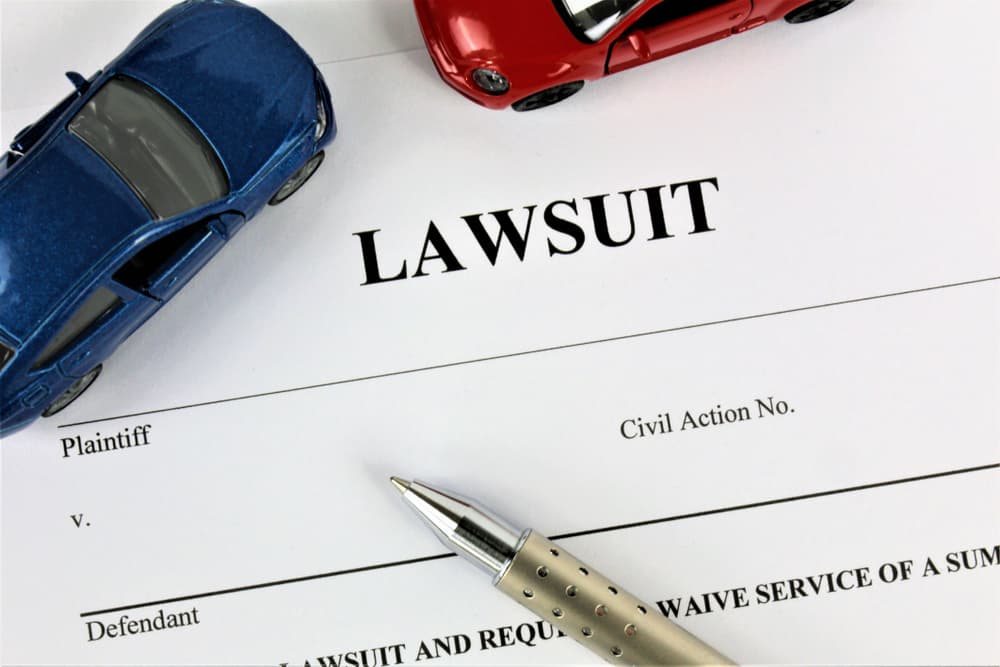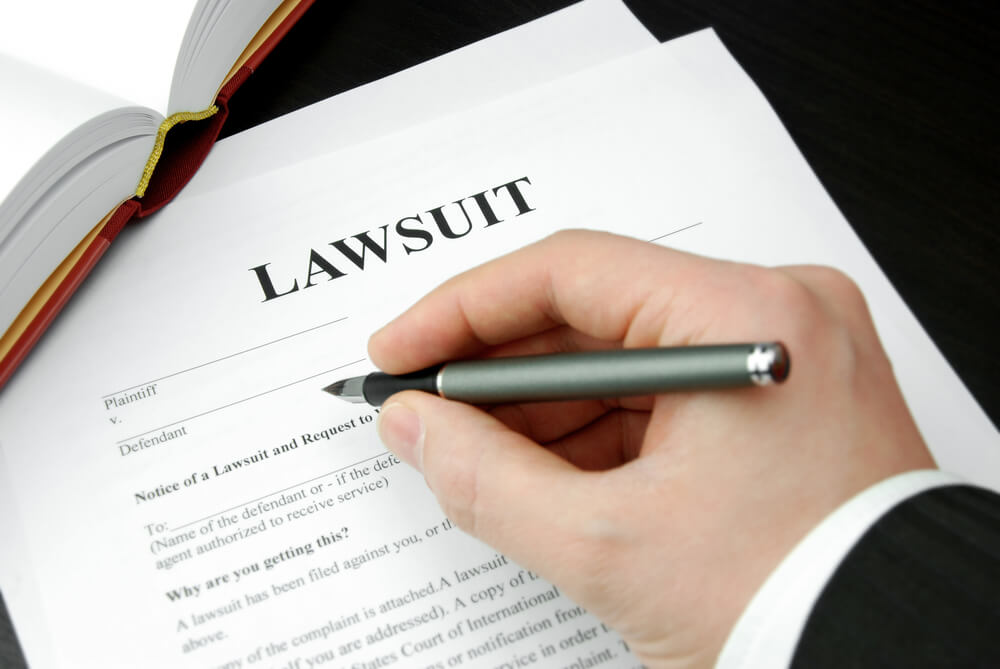Getting hit by another driver is frustrating enough, but learning that they have no insurance can make the situation feel even more overwhelming. Medical bills, lost income, and vehicle repairs do not disappear simply because the at-fault driver cannot provide insurance coverage. In these cases, you may wonder whether pursuing a lawsuit is worthwhile or if it will only drain more time and resources.
Your personal injury lawyer can discuss the legal and practical realities of suing an uninsured driver with you. That way, you can make the right decisions about how to seek compensation and protect your financial interests.
Key Takeaways
- Suing an uninsured driver can be worthwhile when the driver has sufficient assets.
- There are alternative recovery options, such as uninsured motorist coverage, which may provide quicker compensation.
- It is important to explore whether other parties may be liable beyond the uninsured driver.
- Initiating a claim under your uninsured motorist coverage usually does not increase your insurance premiums.
- If the uninsured driver flees the scene, uninsured motorist coverage often covers hit-and-run accidents, but your options will depend on local laws and your insurance policy.
- Before filing a lawsuit, an attorney will evaluate the uninsured driver’s financial resources to assess the likelihood of collecting judgment.
When Suing an Uninsured Driver Makes Sense
In some cases, filing a lawsuit against an uninsured driver can lead to a meaningful recovery. This is more likely when the driver has personal assets, savings, or income that could be used to satisfy a judgment. For example, if the driver owns property, valuable vehicles, or other assets, the court may authorize their seizure or place a lien until payment is made.
Suing may also be worth considering when your damages are significant and other sources of compensation are unavailable or insufficient. If you do not have uninsured motorist coverage, or if your coverage limit does not fully address your losses, pursuing the at-fault driver directly might help close the gap. Additionally, taking legal action can establish a formal judgment, which may be enforced over time, even if immediate payment is not possible.
However, even if you have the legal right to sue, a lawsuit is not always the most practical route. Many uninsured drivers don’t have financial resources to pay a judgment, making it difficult to collect anything even if you win in court. If the driver has no significant assets, earns a low income, or is already burdened by other debts, you may spend time and money on litigation without recovering meaningful compensation.
Lawsuits also carry expenses, including court filing fees, service costs, and attorney’s fees, which may sometimes outweigh any realistic recovery. In addition, enforcement of a judgment can require ongoing legal action, such as wage garnishment or liens, which still may not yield payment if the driver’s financial situation remains limited. In such cases, exploring other avenues can provide a faster and more reliable way to recoup your losses.
Alternative Ways to Recover Compensation After a Crash with an Uninsured Driver

Personal Injury Protection (PIP)
Personal Injury Protection (PIP) is a no-fault auto coverage that pays for medical expenses, a portion of lost wages, and certain other out-of-pocket costs after an auto collision, regardless of who caused the crash. In the states that require or offer PIP, the coverage is designed to get money to injured parties quickly without waiting for fault to be established.
If you have PIP, it will often be the first source for immediate medical bills and some income loss. However, PIP caps and statutory rules mean PIP will not always cover long-term care or full wage loss. You need to check your policy limits and the state no-fault thresholds before relying on it.
Health Insurance and Collision Coverage
Health insurance can pay for medical treatment following a crash when auto coverages do not fully cover the bills. Private health plans, Medicare, and Medicaid all have contractual or statutory rights to be repaid (subrogation or lien rights) out of any later settlement or judgment that compensates for medical expenses. This means your health insurer may seek reimbursement from your recovery for amounts it paid on your behalf.
Collision coverage is an auto policy component that pays to replace or repair your own vehicle after a crash you caused, subject to your deductible. Lenders usually require collision coverage for financed vehicles, and collision only addresses vehicle damage, not medical bills.
Umbrella Insurance Policies
If the uninsured driver or another potentially responsible party carries an umbrella liability policy, it can provide compensation above the limits of standard auto or homeowners insurance. These policies are designed to cover large claims and may be tapped if other liability coverages are exhausted. While most drivers without auto insurance are unlikely to have an umbrella policy, this possibility is worth exploring during the claims investigation.
Uninsured Motorist Coverage (UM / UIM)
Uninsured motorist (UM) coverage pays you when the at-fault driver has no insurance, or when their liability limits are too low for the damages you suffered. Many insurers must offer UM/UIM, and the law governing it differs substantially among states. For example, some jurisdictions allow policy language that reduces UM/UIM payments by amounts paid by the at-fault party, while others limit or prohibit such offsets.
There are policy endorsements that can preserve or increase the total money available after another insurer pays. Conversely, plain setoff language in a UIM policy can reduce your recovery. Because these rules vary, the precise availability and size of a UM/UIM recovery depend on policy wording and state law. Your car accident lawyer can confirm how your state treats setoffs and whether your policy’s UM/UIM limits will be reduced by other payments.
Medical Payments (MedPay)
Medical payments coverage (MedPay) is an add-on to an auto policy that pays for reasonable medical and funeral costs resulting from an auto crash, regardless of fault. MedPay limits are modest and are designed to cover immediate out-of-pocket medical costs, co-pays, and deductibles. In some states, MedPay is not offered because PIP serves a similar role.
MedPay is straightforward cash to get medical providers paid quickly and can reduce the need to use health plan deductibles or credit while a liability claim is pending. But MedPay is limited in amount and, depending on policy language and state law, MedPay payments may be counted as offsets against other recoveries, which makes planning and retaining records of payments necessary.
Workers’ Compensation for Work-Related Accidents
If you were driving for work or on a work-related errand when the uninsured driver caused the crash, you may qualify for workers’ compensation benefits. This coverage can pay for medical care, a portion of lost earnings, and disability benefits, regardless of who caused the collision. Workers’ compensation claims have their own filing deadlines and procedures, so you should report the accident promptly.
Can You Sue Someone Other Than the Uninsured Driver?

When the at-fault driver has no insurance, it’s worth examining whether other individuals or entities may share legal responsibility for the crash. In some situations, a third party’s negligence may have contributed to your injuries, creating an additional path to compensation.
Here are the possible parties who might be liable in an uninsured driver accident case, depending on the facts:
- The Driver’s Employer: If the driver was on the job when the crash occurred, the employer may be responsible under vicarious liability principles.
- Vehicle Owner: If a person other than the driver owned the car, they may be liable for allowing an unfit or unlicensed person to use it.
- Bars, Restaurants, or Alcohol Servers: Under state dram shop laws, those who serve alcohol to visibly intoxicated patrons or minors who later cause a crash may be sued.
- Auto Repair or Maintenance Shops: If negligent repairs or failure to correct a known defect contributed to the collision.
- Vehicle or Parts Manufacturer: If a design flaw or manufacturing defect caused or worsened the accident.
- Government Entities or Contractors: If issues such as poor road design, inadequate signage, or failure to repair hazards played a role in the crash, the government may bear liability.
Each of these claims carries unique legal requirements, specific time limits for filing, and varying standards for the evidence needed to support the case. Therefore, you need to conduct a comprehensive investigation to assess the actions of the uninsured driver and also to identify other potentially liable parties. This may include analyzing factors such as road conditions, vehicle maintenance records, and the conduct of other drivers involved, which could all influence liability in the situation.
Evaluating the Uninsured Driver’s Financial Resources and Recovery Potential
Before committing to a lawsuit, it is important to determine whether the uninsured driver has the means to pay a judgment. Winning in court does not guarantee actual compensation, but collection depends on the defendant’s current and future assets. A car accident attorney will first investigate whether the driver has the resources to facilitate recovery. These include the following:
- Ownership of real estate
- Property equity
- Fraudulent transfers of assets
- Financial assets such as retirement funds, investments, and bank accounts
- Business ownership interests
- Personal property, such as artwork
- Employment income
- Trust funds or inheritance prospects
- Bankruptcy filing history
For example, if the assessment reveals that the driver has a stable income, wage garnishment may be an option, but state laws limit the percentage that can be taken. Conversely, if the driver has minimal assets, low earnings, or is already burdened by debt, collecting payment may be challenging even with a valid judgment. In such cases, the cost and effort of pursuing a lawsuit could outweigh the potential recovery, making alternative sources of compensation a more practical route.
Make Informed Decisions About Your Next Step

Launching legal action against an uninsured driver is mostly not a straightforward choice. It requires a careful review of the many factors, including the various alternative avenues for recovery. Your car accident lawyer can assess every angle of your case to determine whether a lawsuit is likely to bring a meaningful result or if another strategy will better protect your financial interests. Contact a car accident attorney today for a thorough case evaluation and guidance on the path forward.
Frequently Asked Questions
What happens if I win my case but the uninsured driver can’t pay?
A court judgment can be enforced through wage garnishment, liens, or asset seizure, but if the driver has no assets or income, collection may be difficult. If the driver has no significant assets, is unemployed, or files for bankruptcy, collection can be extremely difficult. However, judgments remain valid for a set number of years and sometimes, they are renewable. This can give you the opportunity to collect if the driver’s financial situation improves in the future.
Will my own insurance rates go up if I use my uninsured motorist coverage?
In many states, filing an uninsured motorist (UM) claim for an accident that was clearly not your fault should not cause your premiums to increase. These claims are intended to protect you when the at-fault driver lacks insurance, and in most jurisdictions, insurers cannot penalize you for using this coverage. However, insurance companies have their own underwriting rules, and some may factor any claim into renewal pricing. Additionally, multiple claims in a short time span can trigger rate reviews. Always review your policy language and check state insurance regulations to understand exactly how a UM claim could impact your premiums.
What deadlines apply for suing an uninsured driver?
The deadline for initiating a lawsuit varies by state. There are some situations that can shorten or extend this period, such as if the injured party is a minor. If you intend to sue a government entity as a third party, you may face strict notice requirements that could be as short as 30 to 180 days. Similarly, insurance policies, including uninsured motorist coverage, may have contractual deadlines for providing notice or initiating arbitration.
What if the uninsured driver flees the scene?
If the at-fault driver speeds off after the accident, you can still pursue recovery through your uninsured motorist coverage, which usually covers hit-and-run incidents. Law enforcement investigation can help identify the driver, and if found, you may also bring a lawsuit. If the driver remains unidentified, your options depend heavily on your own insurance coverage and local laws regarding hit-and-run claims.
